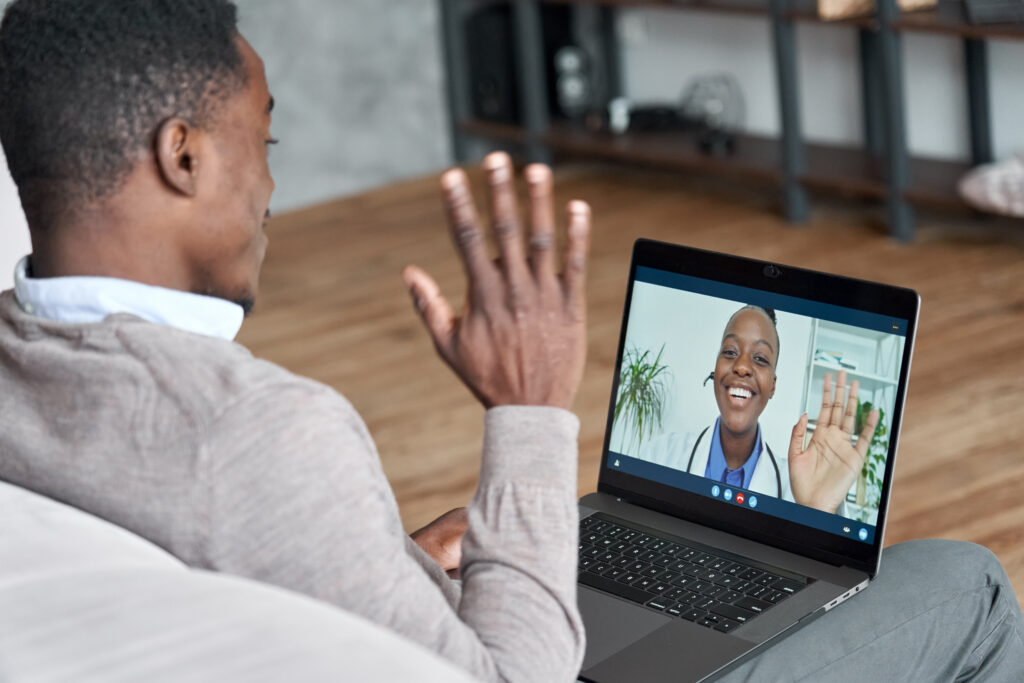In the world of medical care, accessibility is paramount. Traditional healthcare models may limit access due to geography, patient finances, or a lack of qualified medical professionals. Remote health care is the solution to bridge these gaps. Today, we explore how it has ushered in a new era of patient access, focusing on nurse triage, remote patient monitoring, and real-time symptom analysis for medical message intake.
Nurse Triage Services: Guiding Patients in Need
Patients may hesitate to seek medical care when they don’t think their symptoms warrant a doctor’s visit, or they’re worried about spending money on services they don’t really need. Telephone nurse triage offers clarity in these situations by utilizing Schmitt-Thompson protocols to evaluate the severity of patients’ symptoms.
This kind of remote health care allows patients to discuss their symptoms and concerns with trained triage nurses, who can then advise them, schedule appointments if necessary, or suggest over-the-counter remedies. Nurses will direct patients to the appropriate level of care in a timely manner, thereby reducing unnecessary doctors’ or ER visits.
Remote Patient Monitoring: Proactive Care Delivery
The evolution of wearable monitoring devices has placed remote patient monitoring (RPM) center stage in telehealth. This technology utilizes wearable sensors that record patient vitals like blood pressure, oxygen levels, and glucose levels before transmitting the information back to a provider’s internal system for review.
This means that patients, particularly those dealing with chronic conditions, no longer need frequent visits or phone calls to share their health data with their doctors.
Medical professionals can access real-time patient data so that they’re able to catch potential health complications before they escalate. This proactive approach to remote health care allows triage nurses to contact patients when their vitals start to worsen so that providers can intervene sooner. This leads to improved health outcomes and stronger trust between patients and providers.
Note: While RPM can reduce healthcare costs for patients, it’s also a revenue generator for practices.
Medical Message Intake: Improving Accuracy With Augmented Intelligence
Nonclinical staff members like front desk receptionists and call center operators are usually the first people to speak with patients when they contact a practice. However, since these operators aren’t trained medical professionals, they can miss important details that nurses may need to determine the severity of each patient’s symptoms.
Leveraging proprietary algorithms, our MedMessage Assist tool can ensure that these medical messages include all relevant symptom data. It uses augmented intelligence to analyze the text the operator inputs for medical concerns, and prompts the operator to ask questions when it detects symptoms that need additional information.
MedMessage Assist exemplifies how technology can streamline patient-provider communication while improving the accuracy and safety of patient data.
Telehealth Doctor Visits: Expanding the Horizons of Care
Telehealth is redefining how patients meet with their providers. While patients consult with doctors and nurses through remote video conferencing on a computer or mobile device, they are able to access a broader range of primary care and specialist services. These virtual consultations mean that patients still receive comprehensive, quality evaluations in remote areas or situations where an in-person visit may be challenging.
Integration Capabilities: Ensuring Continuity of Care
As remote health care has evolved, so have the tools and platforms that support it. Advanced integration now allows remote providers to seamlessly pull and share data from patients’ original EMRs. This ensures that complete and up-to-date medical histories inform every consultation, whether performed in person or remotely.
This continuity of care empowers providers with a holistic view of each patient’s health information, leading to better-informed decisions and tailored medical advice.
Remote Health Care and Your Practice
With the continued development of remote health care technologies and methods, patients have access to quality care regardless of their locations or circumstances. From nurse triage to MedMessage Assist, these advancements underline a commitment to prioritizing patients and reaffirming that everyone deserves timely, accurate, and compassionate medical assistance.
If you’re ready to upgrade your remote care services for your organization, contact us to schedule a brief consultation.
About TriageLogic
TriageLogic is a URAC-accredited, physician-led provider of top-quality nurse telehealth technology, remote patient monitoring, and medical call center solutions. Founded in 2007, the TriageLogic Group now serves more than 22,000 physicians and covers over 42 million lives nationwide.






